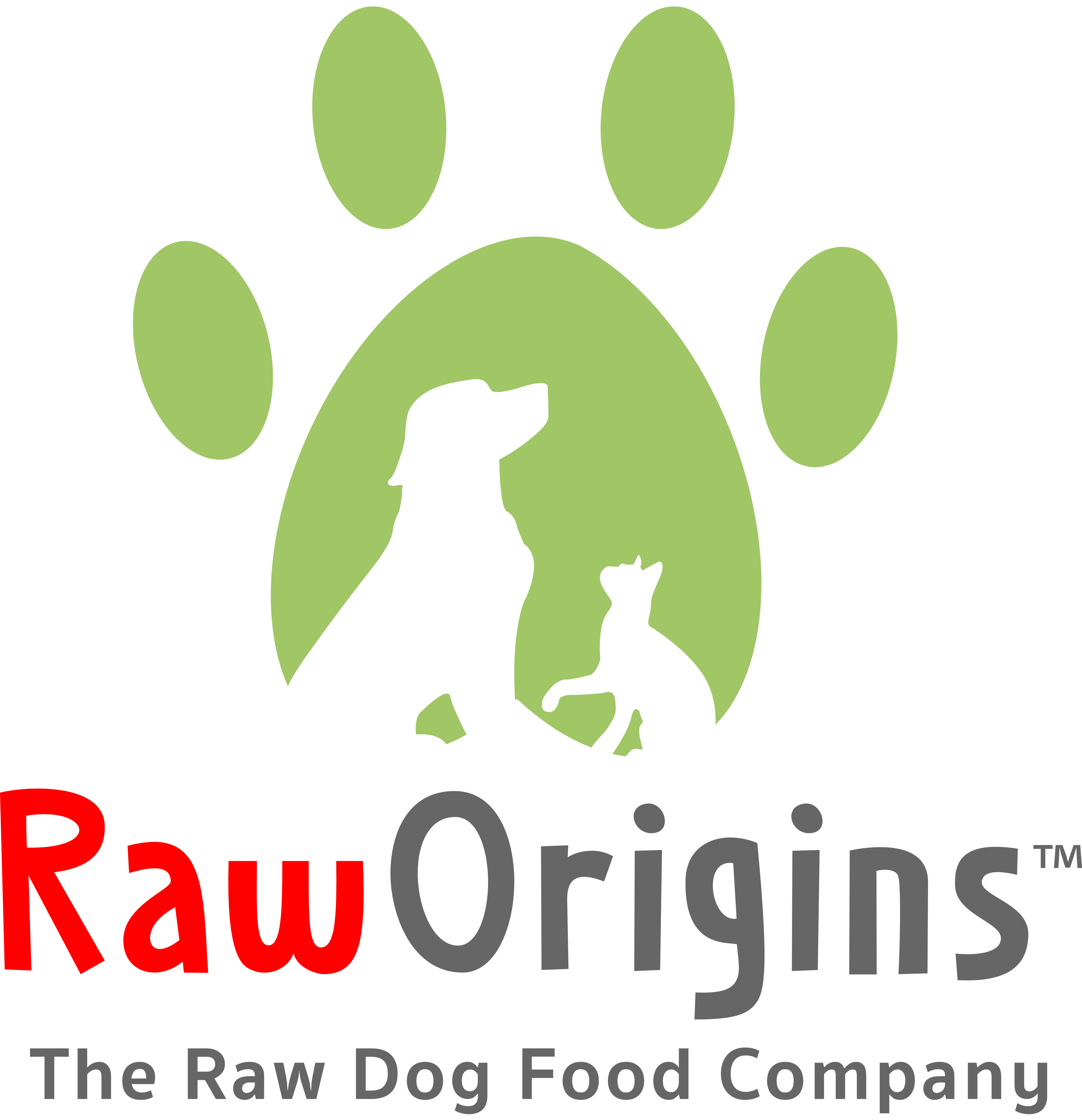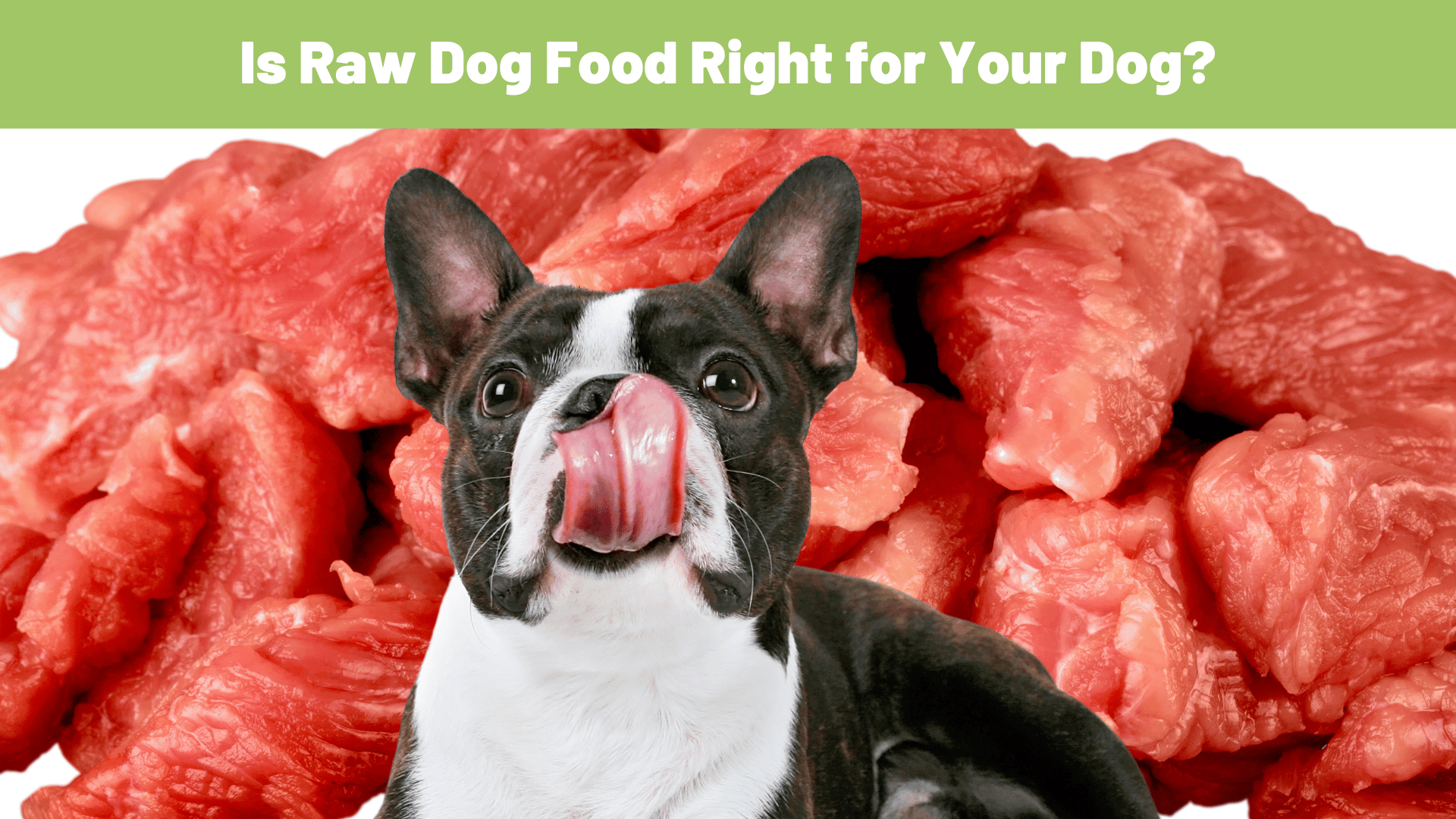In recent years, the trend towards raw dog food has gained significant traction among pet owners seeking to provide the best nutrition for their furry friends. Advocates of raw feeding claim numerous health benefits, ranging from improved digestion to shinier coats and increased energy levels. But is raw dog food the right choice for your beloved canine companion? Let’s delve into the topic and explore the potential advantages of incorporating raw feeding into your dog’s diet.
The Nutritional Powerhouse of Raw Dog Food
Raw dog food typically consists of uncooked meats, bones, fruits, and vegetables, mirroring the natural diet of dogs’ ancestors in the wild. Proponents argue that this ancestral diet is better suited to meet the nutritional needs of modern domestic dogs, providing essential nutrients in their most natural and bioavailable forms.
One of the primary benefits of raw dog food is its high nutritional density. Raw meat contains essential amino acids, vitamins, and minerals crucial for a dog’s overall health and well-being. By feeding raw, you can ensure that your dog receives these nutrients without the additives, preservatives, and fillers often found in commercial kibble.
Improved Digestion and Dental Health
Digestive issues are common among dogs fed a diet high in processed foods. Raw dog food proponents assert that feeding raw can alleviate these issues by promoting better digestion and gut health. Raw diets are rich in enzymes and probiotics, which aid in the breakdown and absorption of nutrients, leading to improved digestion and fewer gastrointestinal problems.
Additionally, chewing on raw bones can contribute to better dental health for your dog. Gnawing on bones helps remove plaque and tartar buildup, reducing the risk of dental issues such as gum disease and tooth decay. Many raw feeders report that their dogs have healthier teeth and gums, along with fresher breath, as a result of incorporating raw bones into their diet.

Shiny Coats and Increased Energy
A dog’s outward appearance often reflects their internal health, and advocates of raw feeding frequently cite improvements in coat quality as a significant benefit. The high levels of omega-3 fatty acids found in raw fish and certain meats can promote healthy skin and a glossy, lustrous coat. Dogs fed a raw diet often exhibit softer fur, reduced shedding, and a vibrant coat sheen.
Furthermore, many raw-fed dogs experience increased energy levels and overall vitality. This surge in energy is attributed to the natural, nutrient-dense ingredients present in raw food, providing dogs with the fuel they need to thrive. Pet owners often report that their dogs become more active, playful, and alert after transitioning to a raw diet, indicating enhanced well-being and quality of life.
While the debate over the merits of raw dog food continues, the growing popularity of this feeding approach underscores its appeal to pet owners seeking to optimize their dog’s health and nutrition. Raw feeding advocates tout a range of benefits, including improved digestion, dental health, coat quality, and energy levels.
Before making the switch to a raw diet, it’s essential to consult with your veterinarian to ensure that it’s appropriate for your dog’s specific needs and health status. Additionally, proper food handling and sourcing of high-quality ingredients are crucial to minimize the risk of foodborne illness.
Ultimately, whether raw dog food is right for your canine companion depends on various factors, including your dog’s individual health, dietary preferences, and lifestyle. By weighing the potential benefits and consulting with veterinary professionals, you can make an informed decision that promotes your dog’s overall well-being and longevity. Get updated knowledge on how to feed raw, discounts, coupons, and holistic rearing at www.RawOrigins.pet.

